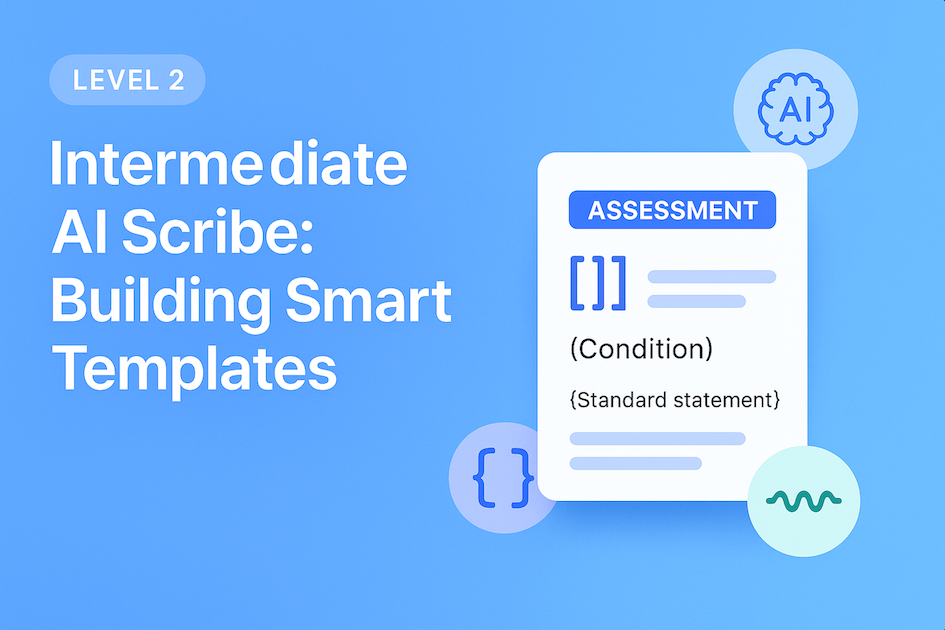🔄 Implementing Conditional Logic
Conditional logic allows your templates to adapt based on specific criteria, ensuring that only relevant information is included.
Example: Tailoring Follow-Up Instructions
For patients with varying degrees of burn severity:
- (If burn severity is mild, include: "Advise standard wound care and schedule routine follow-up.")
- (If burn severity is severe, include: "Refer to burn specialist and schedule immediate follow-up.")
This approach ensures that the follow-up instructions are appropriate to the patient's condition.
📝 Advanced Formatting Techniques
Enhance the readability of your notes by customizing the format of different sections.
Paragraph vs. Bullet Points
Paragraph Format: For narrative histories or detailed explanations.
- (Format the following section as a cohesive paragraph without bullet points.)
Bullet Points: For lists such as medications or symptoms.
- (List the following items as bullet points for clarity.)
Line-by-Line Entries
For structured data like vital signs:
(Record each vital sign on a separate line for easy reference.)
🧠 Context-Aware Instructions
Leverage the AI's ability to incorporate contextual information.
Example: Medication Adjustments
(If the patient is on antihypertensive medication, include recent blood pressure readings and note any adjustments.)
This ensures that the AI includes pertinent information based on the patient's current treatment.
🔁 Ensuring Consistency Across Documentation
Maintain uniformity in your notes by standardizing certain phrases or sections.
Example: Standard Disclaimers
{This note was generated using AI-assisted dictation and reviewed for accuracy.}
By using curly braces {}, you ensure that this text appears verbatim in every relevant note.
🛠️ Troubleshooting and Optimization
- Test Templates Regularly: After implementing changes, test the template to ensure it behaves as expected.
- Iterate Based on Feedback: Use feedback from clinical use to refine and improve templates.
- Stay Updated: Keep abreast of updates to the AI system that may offer new functionalities or require adjustments to existing templates.
Conclusion
Advanced structuring of AI dictation templates enhances the efficiency and accuracy of clinical documentation. By implementing conditional logic, utilizing advanced formatting, incorporating context-aware instructions, and ensuring consistency, you can create dynamic templates that adapt to various clinical scenarios.
Continuing Medical Education
Designed For You
Free Trial

